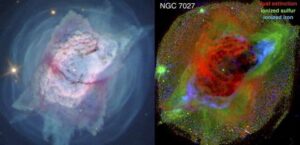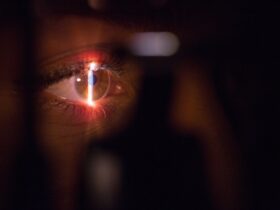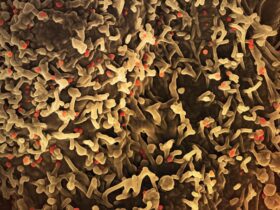NASA released a series of intriguing images of two unique planetary nebulae captured by the incredible Hubble Space Telescope. New insights about how the cosmic bodies can make their dramatic features are available, too!
The Butterfly Nebula, also known as NGC 6302, and the Jewel Bug Nebula, NGC 7027, are now unfolding themselves in front of us thanks to Hubble’s new batch of data.Â
Here is what you need to know.
Planetary Nebulae Under Investigation: What Should You Know
Using new Hubble data, a team of astronomers succeeded in dissecting the Butterfly Nebula and the Jewel Bug Nebula. What they found is genuinely intriguing.
Astronomers were able to finally view the effect of the dying inner star in how it’s scattering and tearing its discarded material. Also, they got a pretty perfect picture of how that ejected matter and the hot gas are dominated by ionized gas.Â

The Butterfly Nebula
An analysis of the Butterfly Nebula using new Hubble data offers incredible information. For example, now we know that the nebula emerged only 2,000 years ago.Â
And its “wings” -some S-shaped iron emission – might have appeared even more recently.Â
The team aims to find next the nebula’s inner star using the James Webb Space Telescope.
The Jewel Bug Nebula
Jewel Bug Nebula’s observation is based on two decades and a half of measurements and other examinations.Â
Astronomers now combined that data with radio images from the NOEMA telescope (the Northern Extended Millimeter Array). They discovered how the irradiation of its inner star influences different parts of the nebula.
Paula Moraga Baez is an astrophysical sciences and technology Pd.D student at DeKalb, III, released a statement discussing how unique this nebula is. She stated:
“[…] retains large masses of molecular gas and dust despite harboring a hot central star and displaying high excitation states.”
The recent findings are genuinely significant. Astronomers succeeded in mapping the planetary nebulae for the first time, which is a major step in decoding nebulae’s origin and formation.












Leave a Reply